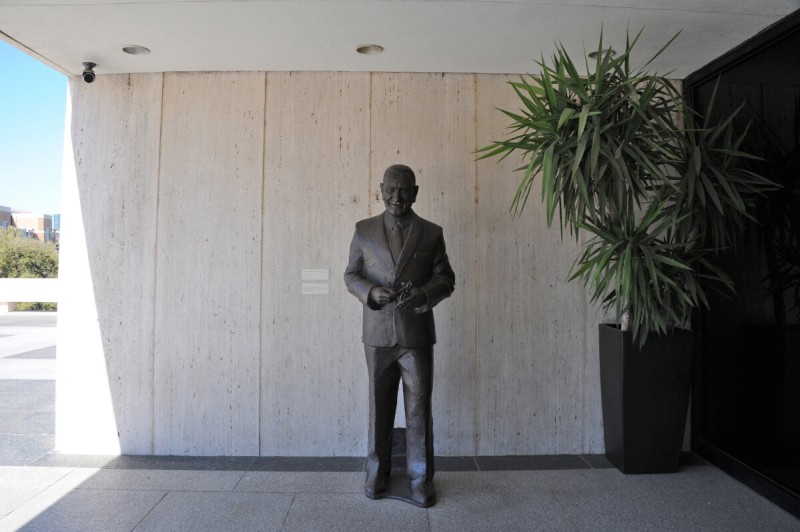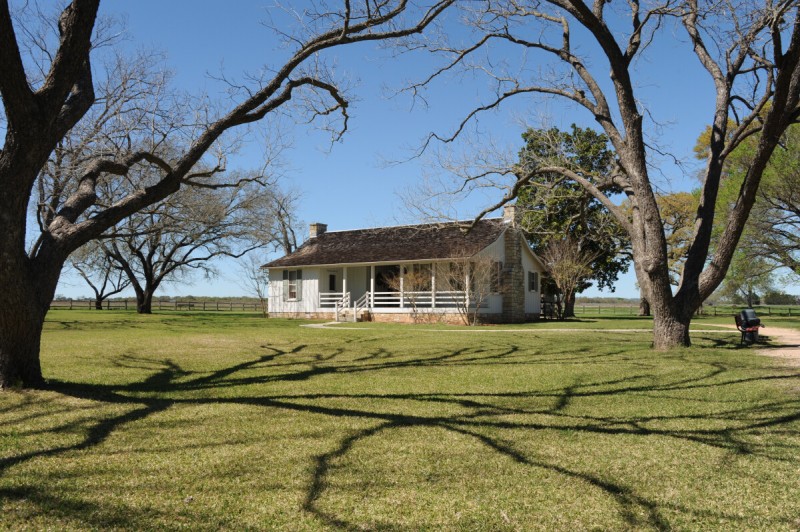
In 1908, Lyndon Baines Johnson was born on a ranch in Texas hill country.
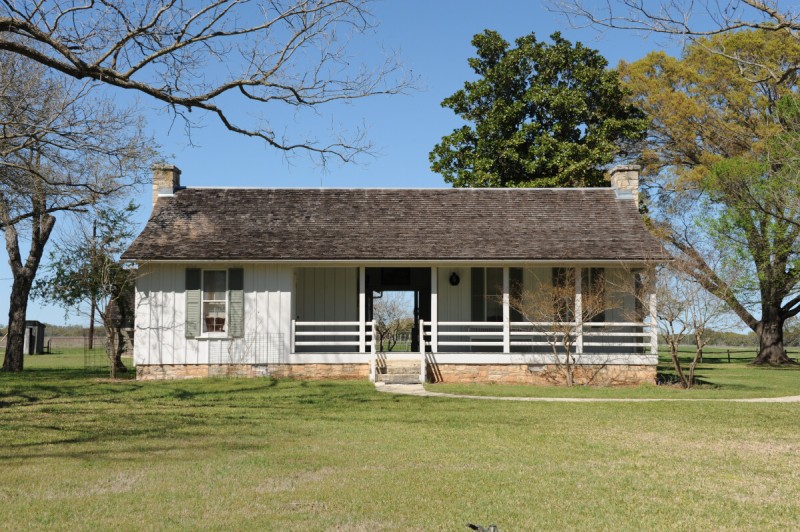
At the time, his parents were living in a small dogtrot house (so named for the open breezeway though the structure), like this one, on their family’s ranch. Six years later they moved with their children to nearby Johnson City.
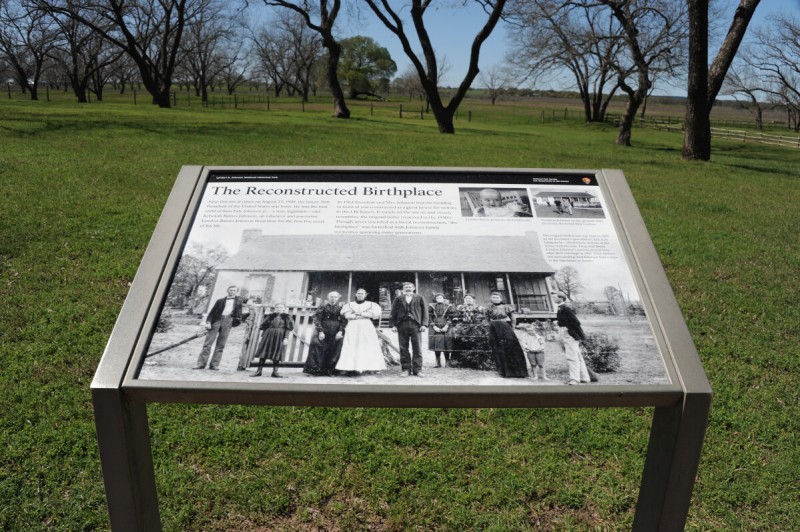
The birthplace house stayed in the family until 1922, and during the Depression was abandoned, until all that was left was the foundation and fireplaces. The site was repurchased by LBJ in 1964, and the birthplace house was reconstructed.
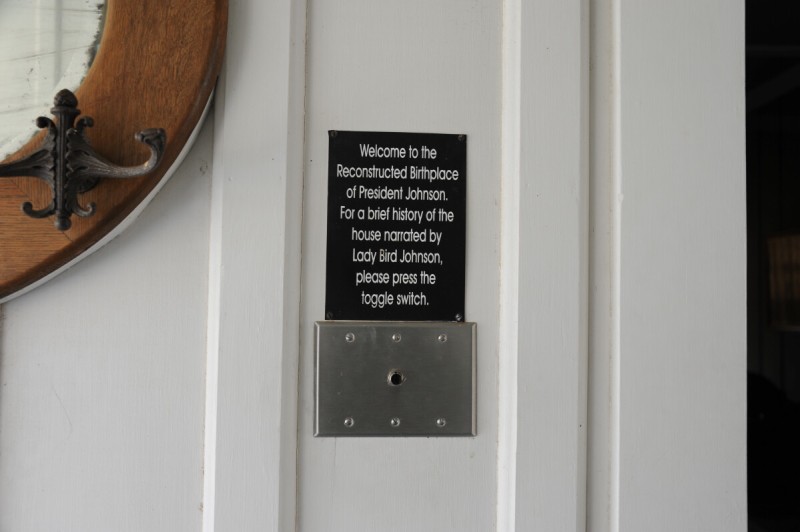
LBJ had been in office less than a year when he and his wife, Lady Bird Johnson, began work on his legacy landscape, which included the birthplace house and the rest of the property which became known as the LBJ Ranch.
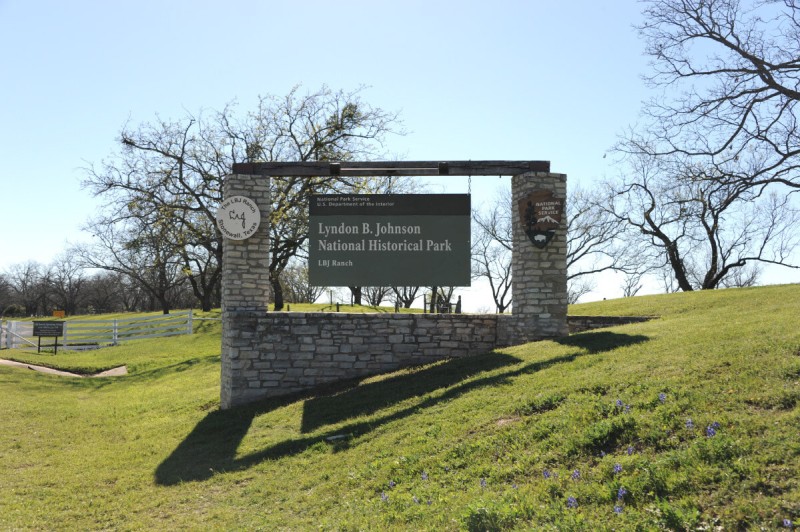
When they acquired the acreage with the birthplace house site, it added to the 240 acres they already owned as part of the working ranch purchased from his aunt in 1951, when LBJ was still a senator in Washington. The ranch was their home until his death in 1973, and it is now a National Historic Park.
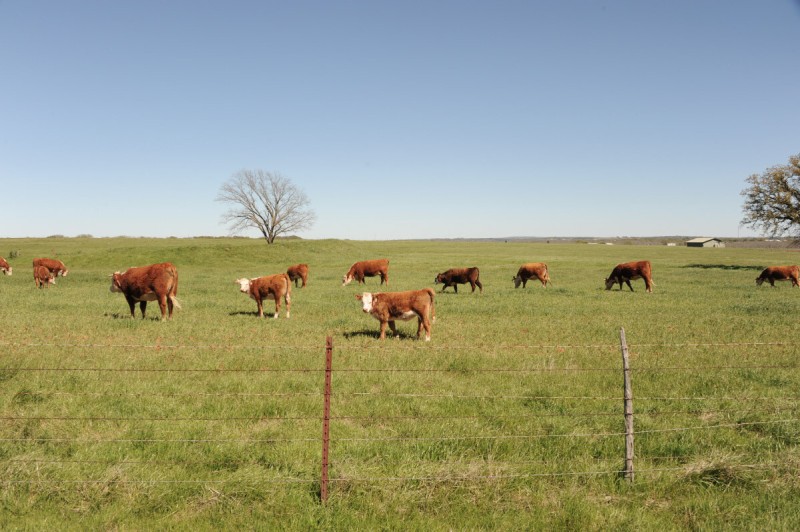
It is still a working ranch, managing LBJ's herd of Hereford cattle, and owned by the federal government and the Johnson family.

Among the several restored and preserved buildings on the federal property is the one-room school house he attended when he was four years old.
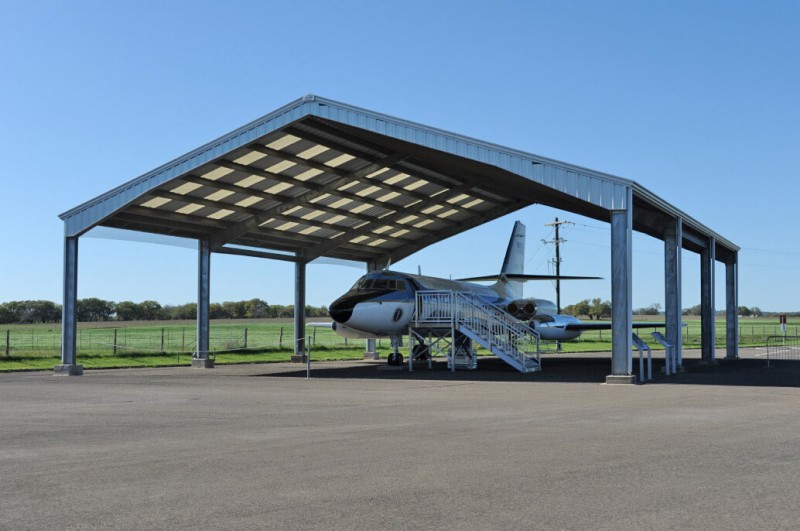
Open to visitors is the hangar and the plane he used to commute from Washington. LBJ spent 490 days of his presidency at the ranch – nearly a quarter of his time in office.
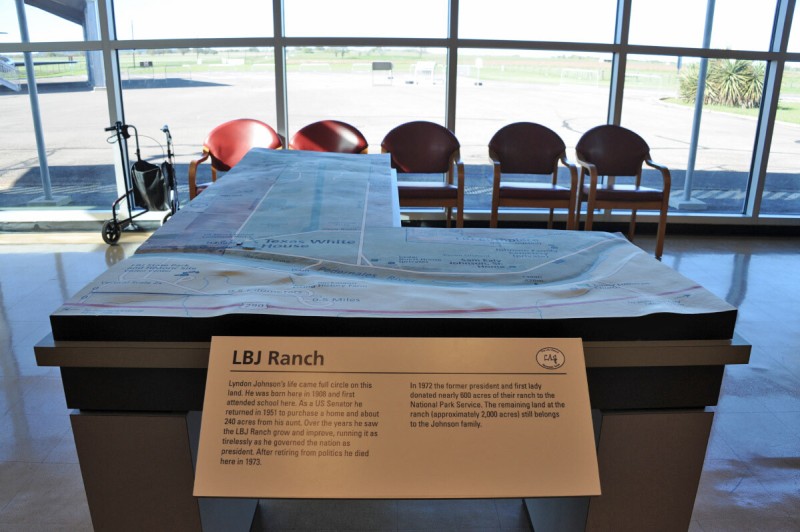
The mile-long airstrip for the plane still defines the bulk of the federal ranch property, extending from the main ranch house to the cattle show barn and ranch foreman’s house at the remote northern end.
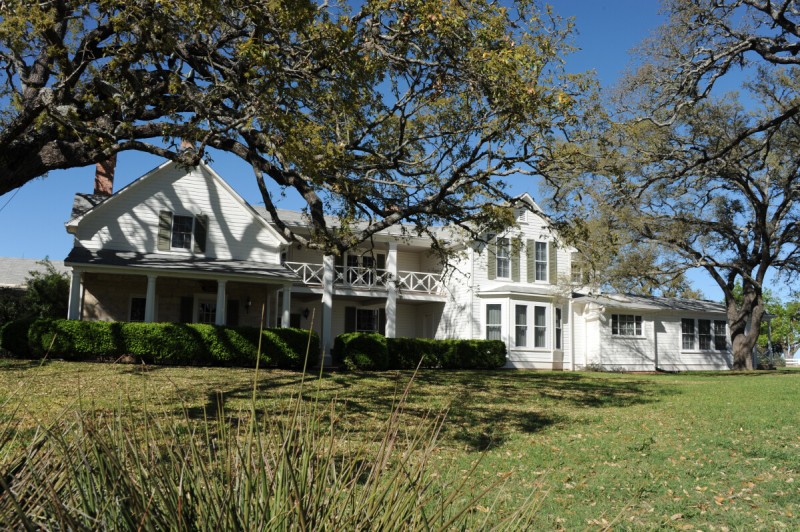
The main ranch house was expanded over their time, and now has 28 rooms.
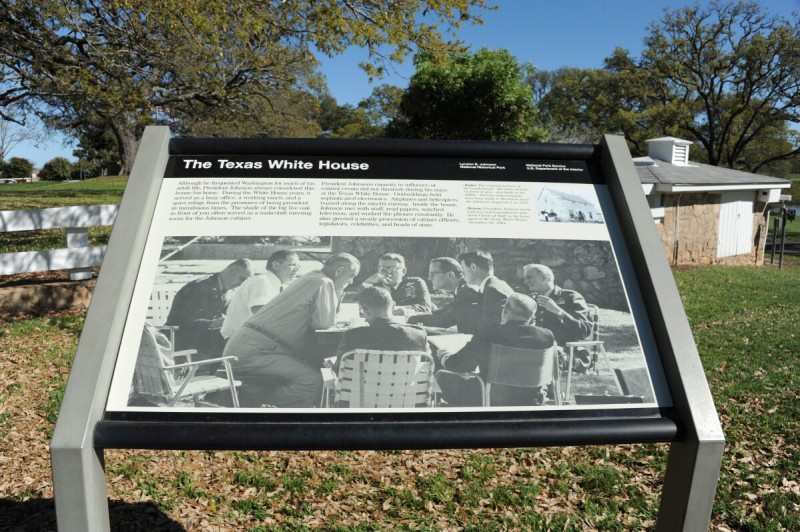
It was known as the Texas White House, as he spent so much time in office here.
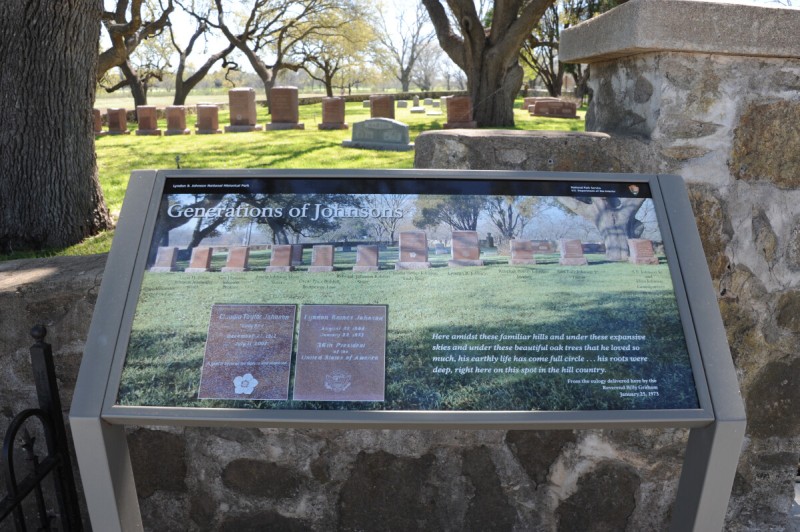
He retired after his first full term as president in 1969, and moved to the ranch full time to tend to his cattle and his legacy. In 1971 the Lyndon Baines Johnson National Historic Site was established, while he still lived in it. He died in 1973 and is buried here, amongst his extended family.
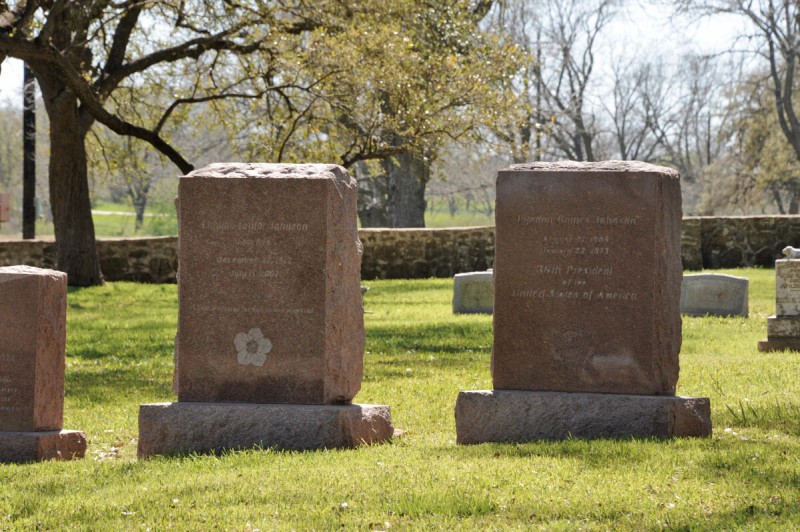
His grave, next to Lady Bird’s, is 100 yards from where he was born, at the birthplace house they reconstructed together.

Fifteen miles away is Johnson City, named after his ancestors, who settled here in the 1850s. Many of the town's historic buildings have been restored and incorporated into the Johnson City District of the LBJ National Historic Site.
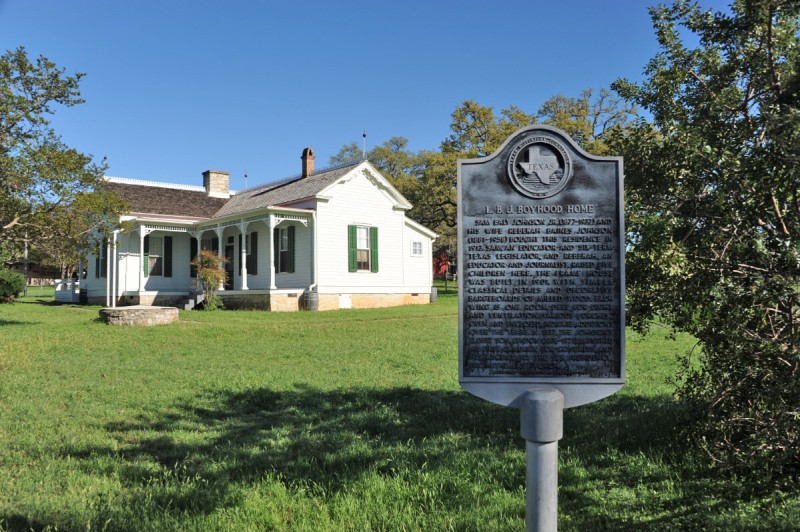
One of the buildings preserved here is his boyhood home, where he lived from the age of five into his 20s, when he went away to college and to begin his political career.
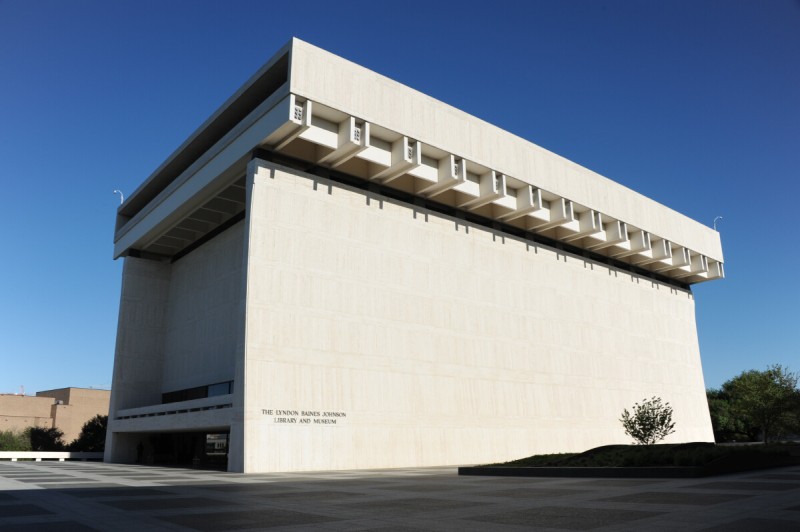
His presidential library is at the University of Texas, in the state capitol, Austin, an hour east of his ranch. It opened in 1971, and he was on hand at its dedication, along with his successor, Richard Nixon.

Inside the impressive atrium is the library, which houses 45 million pages of documents, administered by the National Archives.
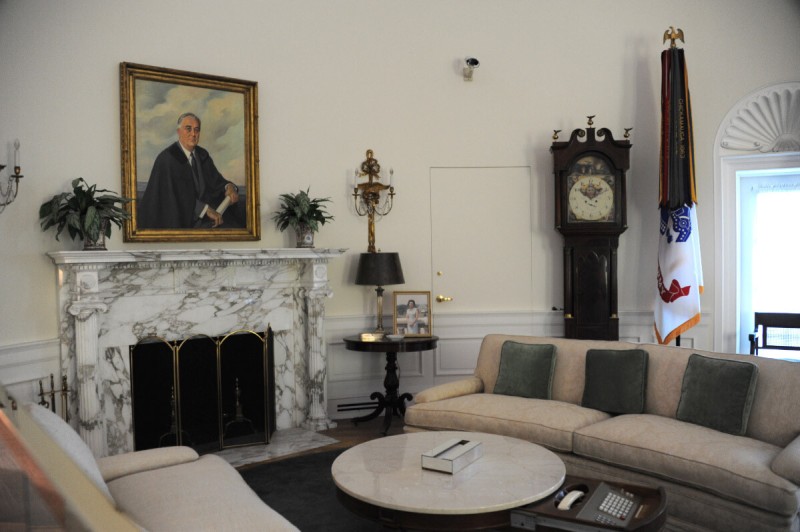
Also inside is a museum, which, like other official presidential libraries, includes a model of the Oval Office as it looked at the time he occupied it.
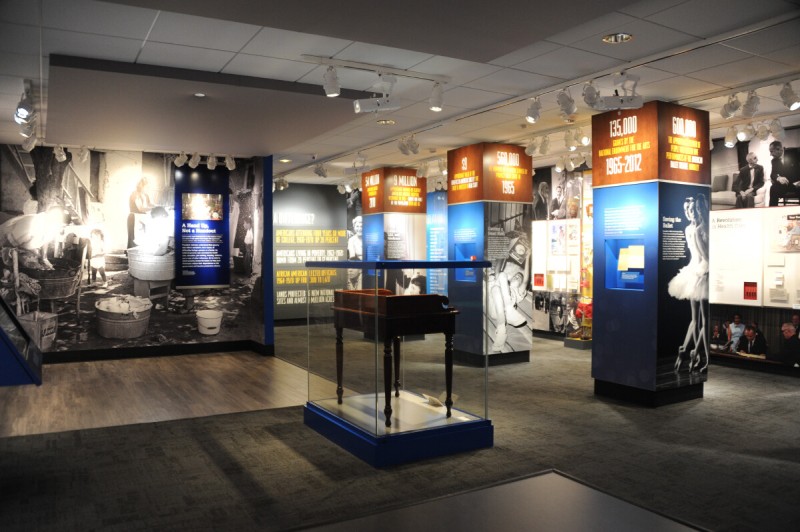
Many other exhibits and displays tell the official story about him and his presidency, and the cultural and political context around it.

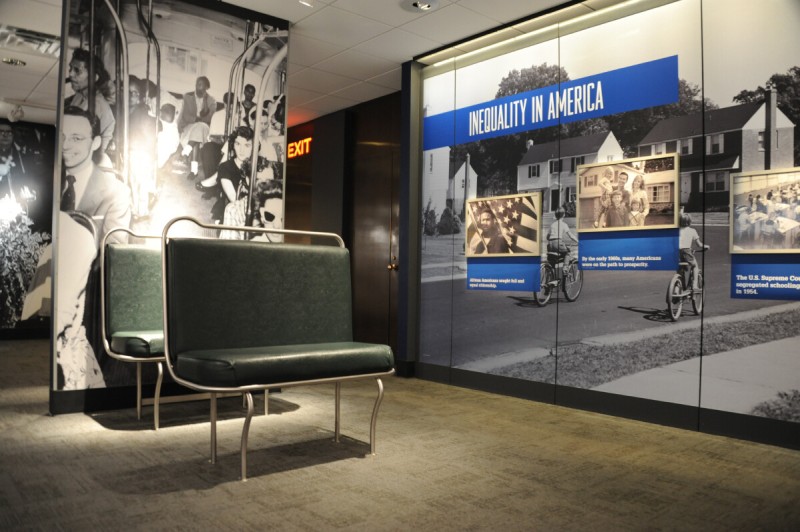
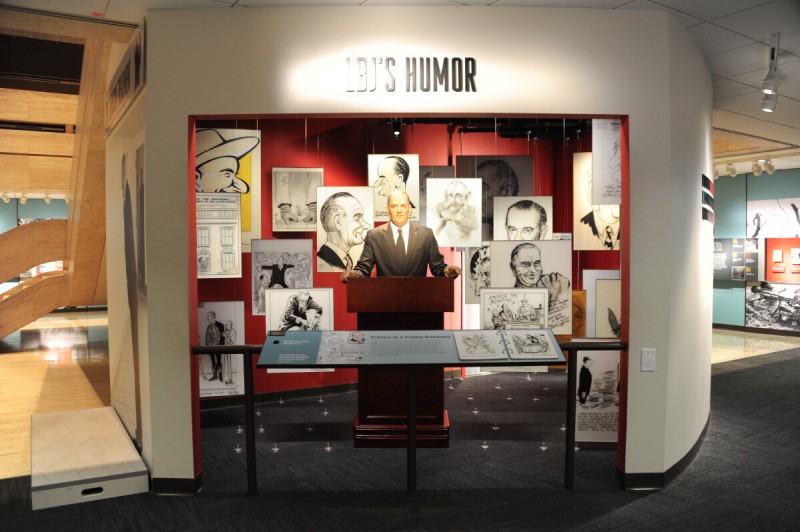
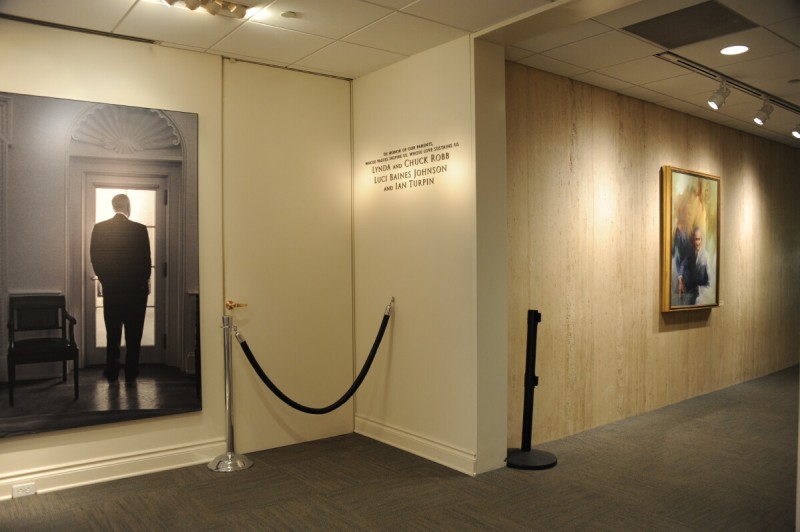
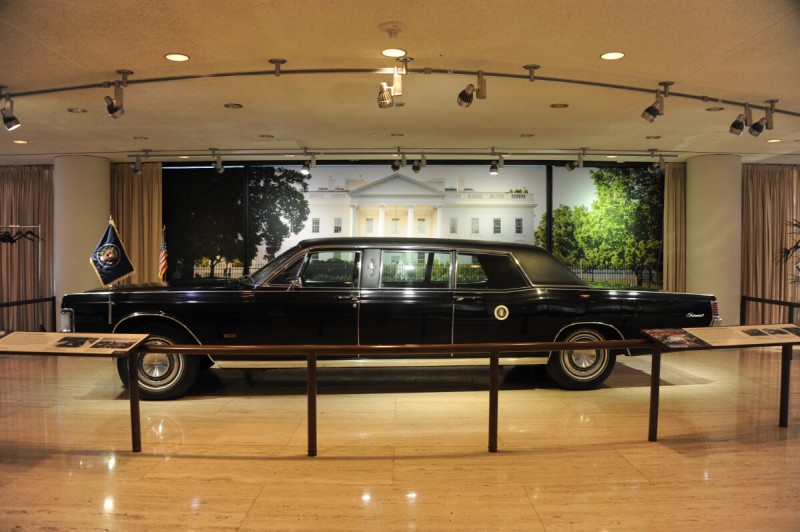
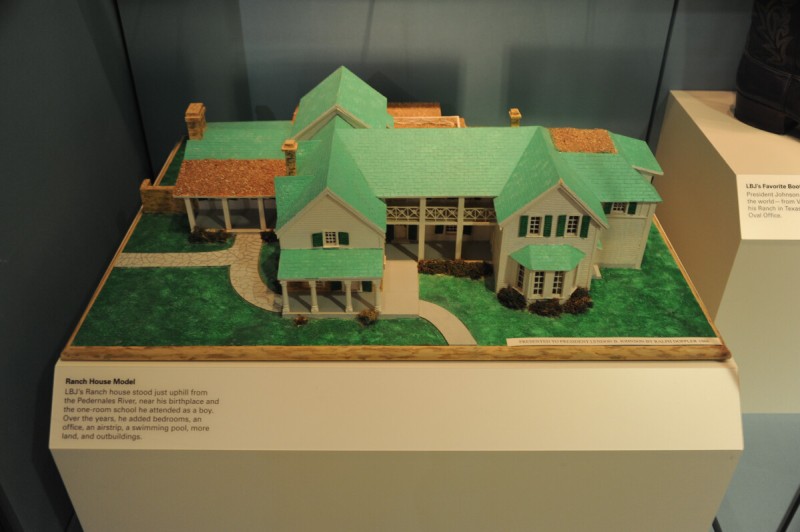
A model of his home at the LBJ Ranch is described in past tense, though it will remain preserved, presumably, through the rest of American history.
